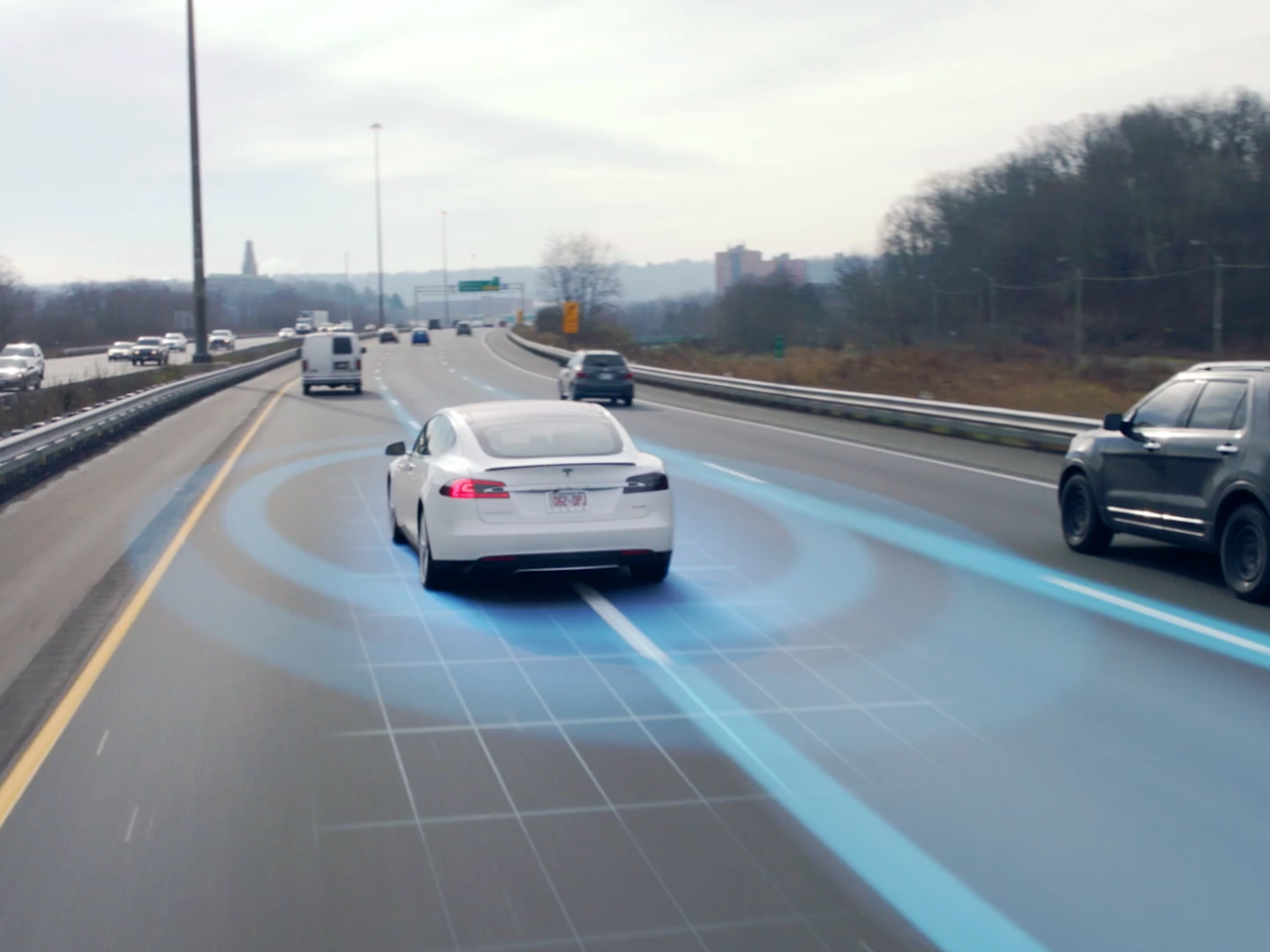“To nag or not to nag?” That is the question.
For Tesla, the answer is: “We’d rather not, but some of you refuse to do things the right way.”
And so, the latest iteration of Tesla’s semi-self-driving Autopilot software does a little more nagging. That’s mostly to ensure that drivers keep their hands on the steering wheel while Autopilot is engaged. When they don’t, unpleasant things can happen.
Previously, Autopilot only pestered drivers if it failed to detect their hands on the wheel for one to three minutes (depending on whether or not the car was tracking another vehicle). Now, the “nag window” has been reduced to about 15 or 20 seconds, as you can see in the video above.
Some owners like the update, others don’t. Fred Lambert at Electrek offers his take on the update, which is pretty close to my own:
I think paying attention to the road and to what Autopilot is doing is a lot more important for safety than actually having your hands on the wheel as long as you can get them on the wheel fairly quickly if needed, which is generally always the case if you are in the driver’s seat.
But this is a case of a few people abusing the system and making it harder for everyone else. A good example is the Tesla owner who got caught on video leaving the driver’s seat while on Autopilot.
Right now, forcing the driver to keep their hands on the wheel is Tesla’s best solution for keeping drivers responsible, which ultimately is a good thing for safety.
